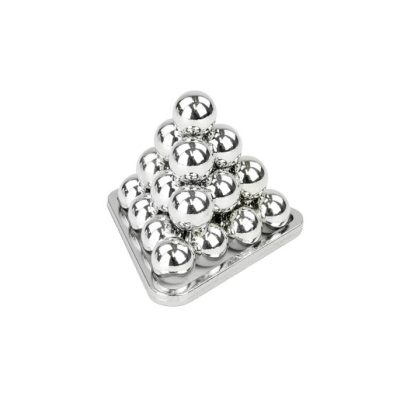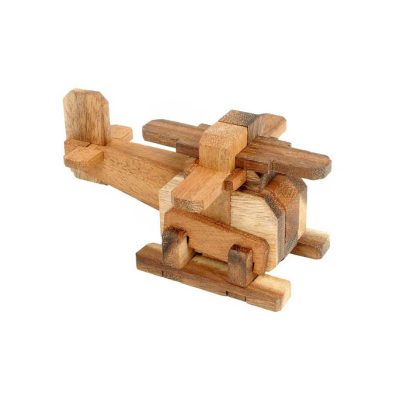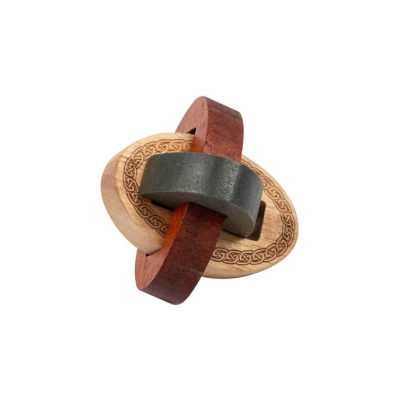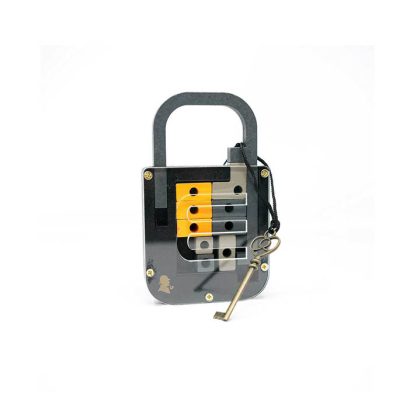-
 Dave Vinke
Dave Vinke
- Leestijd: 5 min
- Laatst geüpdatet: 27/08/2025
Winning model building competitions requires a combination of technical precision, creative detailing and strategic preparation. Judges evaluate based on quality of execution, originality and presentation. Success depends on choosing the right project, thorough preparation, advanced techniques and professional presentation. This guide answers the key questions about competitive model building.
What makes a winning model building project in competitions?
A winning model building project distinguishes itself through exceptional precision, creative detailing and technical craftsmanship. Judges look for models that combine realism with artistic interpretation, where every component is carefully executed and the whole tells a story.
Precision forms the foundation of every successful project. This means that all parts fit perfectly, paint is applied evenly and details are sharply rendered. Judges always check the quality of glue joints, the finishing of edges and the overall neatness of the work.
Creativity shows itself in your personal interpretation of the model. This can mean choosing a unique color scheme, applying interesting weathering effects or placing the model in a special setting. Originality is rewarded, but must remain credible.
Technical execution goes beyond simply following instructions. Think of adding extra details like wiring, replacing plastic parts with more realistic alternatives, or creating custom modifications that lift the model to a higher level.
Detailing makes the difference between a good and a winning model. Small elements like realistic wear, subtle color variations and functional details ensure that your model stands out among other entries. Judges appreciate the time and effort you have put into these finishing touches.
How do you prepare for a model building competition?
Good preparation begins with choosing a project that fits your skills and the available time. Plan at least three months for a complex model and ensure you have all necessary materials and tools before you begin. Practice and time planning are just as important as technical skills.
Choose a project that challenges you without overwhelming you. If you are new to competitions, start with a model in a scale and category you have experience with. Look at previous winning models in your category to understand what judges expect.
Make a realistic time schedule and account for unexpected problems. Many model builders underestimate the time that detailing and finishing cost. Plan extra time for perfecting details and solving problems.
Gather all materials beforehand and test new techniques on test pieces. Nothing is more frustrating than discovering halfway through that your paint doesn’t adhere well or that a new technique doesn’t work as expected. Practice complex techniques first on old models or scrap materials.
Mental preparation is also important. Accept that not everything will go perfectly and that compromises are sometimes necessary. Set realistic expectations and focus on the learning process alongside winning. Experienced participants know that every competition is a chance to grow.
Which techniques help you stand out among other participants?
Advanced weathering, subtle color mixing and professional finishing touches ensure that your model stands out. Focus on techniques that increase realism without being overdone. Less can be more when it is skillfully executed.
Weathering techniques like dry brushing, washing and chipping simulate realistic wear. Start subtly and build up gradually. Study reference photos to understand how materials wear in practice. Rust occurs in specific places, paint wears where people or objects make contact.
Color mixing goes beyond using colors from the jar. Mix your own tints for unique effects and use color theory to create interesting contrasts. Highlight and shadow techniques give depth to your model and make details stand out better.
Detailing with aftermarket parts and scratchbuilding shows your craftsmanship. Replace plastic antennas with metal versions, add photoetch details or create your own small parts. These investments in time and material are always noticed by judges.
Finishing touches like realistic decals, subtle gloss variations and appropriate diorama elements complete your project. Ensure that decals are perfectly applied without air bubbles or silvering. Vary the gloss of different surfaces for more realism.
How do you best present your model building work during judging?
A professional presentation begins with strategic placement, good lighting and a clear explanation of your design choices. Judges must be able to easily view your model and understand what you have achieved. Confidence and knowledge of your project make an impression.
Place your model on a neutral background that doesn’t distract from the work itself. Ensure good lighting that emphasizes details without creating harsh shadows. A simple white background often works best for small models.
Prepare a short, clear explanation of your project. Tell about interesting techniques you have used, challenges you have overcome and why you made certain choices. Keep it concise but informative.
Be honest about problems and how you solved them. Judges appreciate honesty and can often see when something didn’t go according to plan. Show that you learned from difficulties and found creative solutions.
Listen actively to questions and feedback from judges. See their comments as learning moments, not as criticism. Experienced judges often share valuable tips that you can use in future projects. Note important feedback for later.
Where do you find the best materials and tools for competitive model building?
Quality materials and professional tools make the difference between amateur and competitive work. Invest in reliable suppliers who consistently deliver good products and build a collection of tools that will last you a long time. Good materials don’t compensate for lack of skill, but they do make better results possible.
Look for specialized shops that understand what competitive model builders need. These suppliers often have premium brands, aftermarket details and professional tools that you won’t find in regular toy stores. Their expertise helps you choose the right products.
We at Speedcube understand the needs of serious hobbyists. Our model building assortment contains carefully selected kits, paint, tools and accessories for every level. From beginner to competitive model builder, we have the materials you need.
Take advantage of our unique discount system for multiple purchases. If you’re planning a large project, you can save significantly by ordering all necessities at once. Check our discount rules to see how to get the most from your budget.
Build your tool collection gradually with quality products. Start with good basic tools and add specialized instruments as your skills grow. Good tools last for years and significantly improve the quality of your work. Invest in precision files, quality brushes and reliable airbrush equipment for the best results.
Frequently Asked Questions
How long does it take to build a competitive model?
For an average complex model you should count on 2-4 months, depending on the scale and detailing. Simple models can be completed in 4-6 weeks, while very detailed dioramas can take 6 months or longer. Always plan extra time for unexpected problems and perfect finishing.
What are the most common mistakes beginners make in competitions?
The biggest mistakes are lack of time due to poor planning, trying new techniques on the competition model itself, and overestimating one's own skills when choosing projects. Additionally, many beginners forget about presentation and make models that are too busy or unrealistic due to excessive weathering.
How do you choose the right category for your first competition?
Start with a category you already have experience with and choose a scale you work comfortably in. Look at previous winning models in that category to understand the level. Start with 'Novice' or 'Beginner' categories if these are available, and avoid overly competitive categories like 'Master' classes.
Which tool investments are most valuable for competitive model building?
A good airbrush setup is the most important investment for consistent results, followed by quality brushes and precision cutting tools. Also invest in good lighting for your workspace and a set of quality files. These tools directly improve the quality of your work and last for years.
How do you deal with stress and disappointment during competitions?
Focus on the learning process instead of just winning, and set realistic expectations. Talk with other participants and judges about their experiences and techniques. See every competition as a chance to grow and use feedback constructively. Remember that even experienced model builders regularly lose.
Can you resubmit a model that has already competed once?
This depends on the rules of the specific competition. Many contests require that models have not been previously exhibited or competed. Some competitions allow modifications if you have significantly improved the model. Always check the rules beforehand and ask for clarification when in doubt.
How important are aftermarket parts for competitive success?
Aftermarket parts can lift your model to a higher level, but are not always necessary for success. Good basic skills and careful execution are more important than expensive additions. Use aftermarket details strategically to improve specific weak points of the kit, not to replace every plastic part.
Table of contents
Much viewed
More blogs
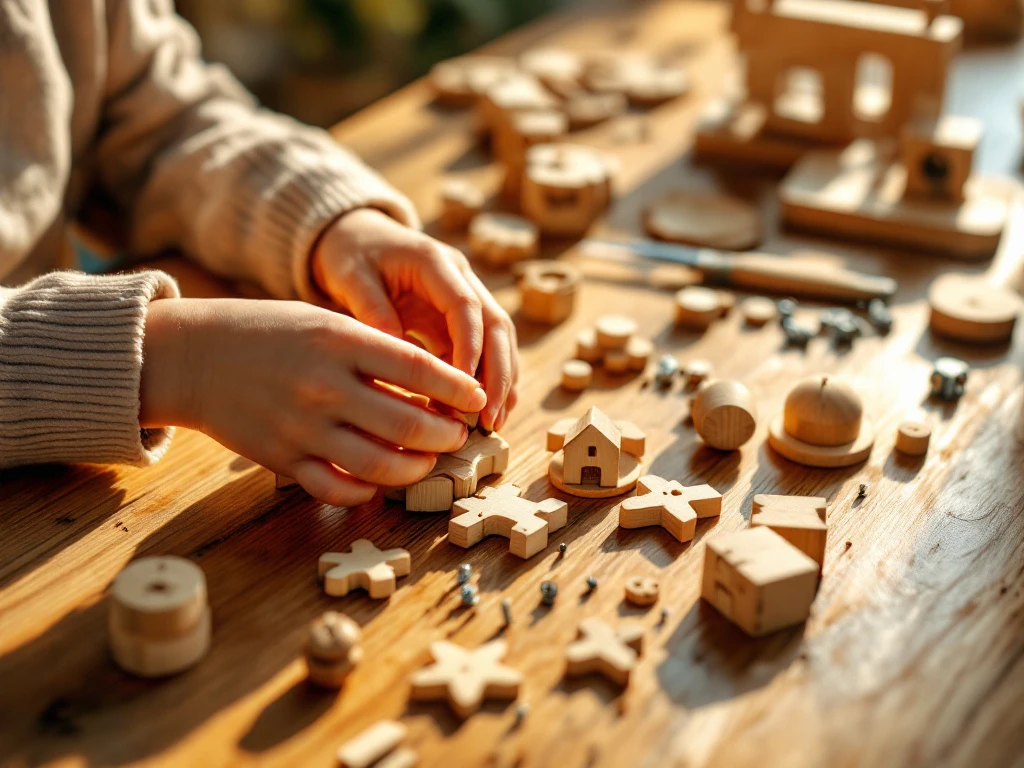
How do you develop motor skills with wooden building kits?
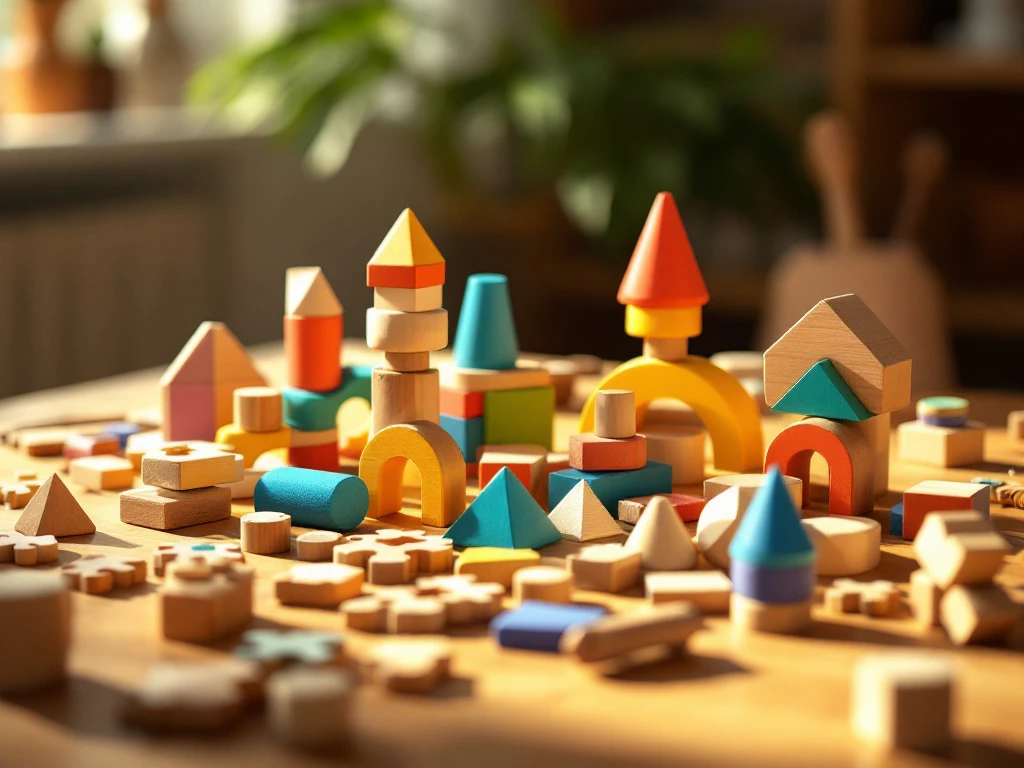
What do children learn from wooden building sets?
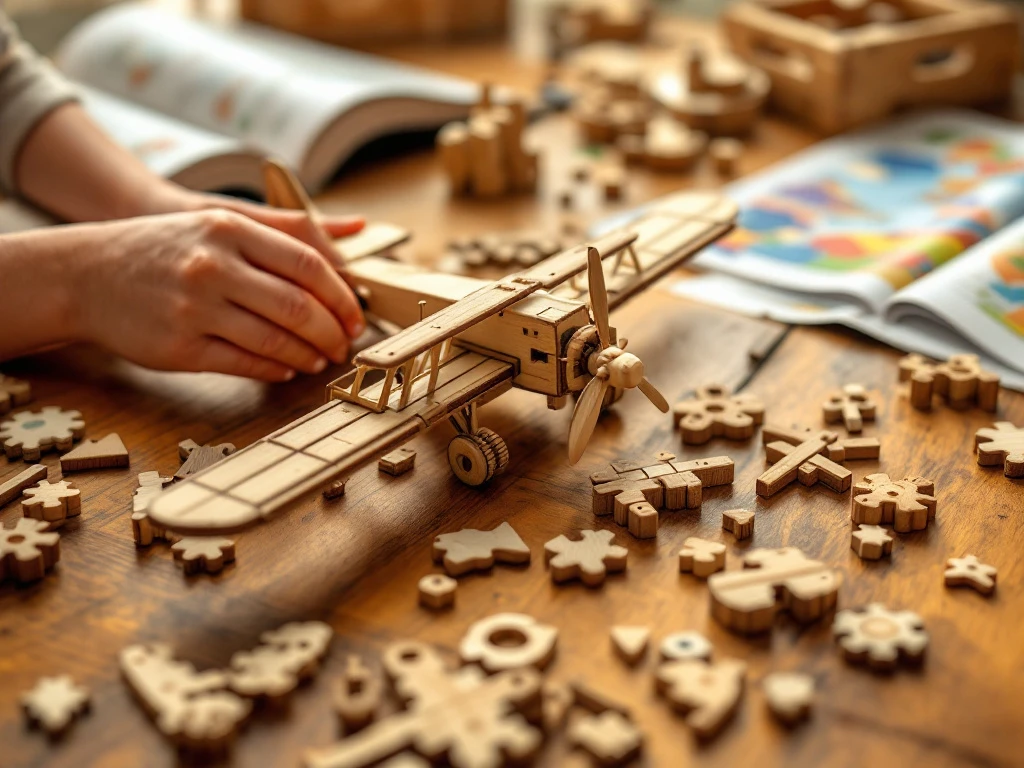
Are wooden building kits educational?

